For Michael Carver, a love of the Scottish Highlands came first, an interest in photography second. Indeed, he only seriously became interested in photography about four years ago, having originally moved to the Highlands for his job. “When my son was a toddler it occurred to me that the only photos we were taking of him were on our phones. I had a cheap point and shoot that never left Auto mode but it wasn’t great either. I decided to buy a ‘real’ camera thinking this would be my shortcut to amazing photos. A few days later a Nikon 3100 dropped though my door and from that moment on I was hooked.”
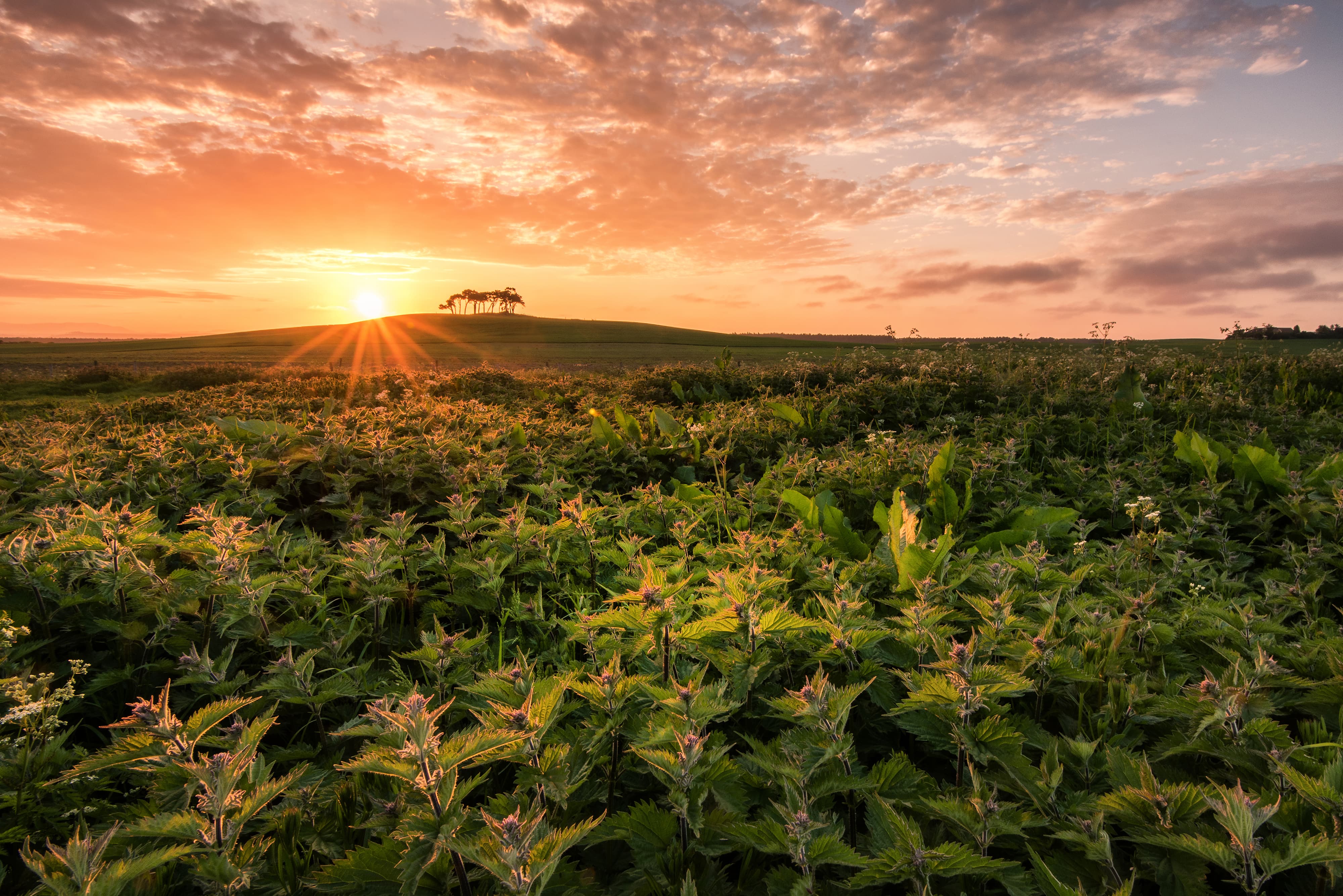
Michael started to experiment with his camera in Manual mode, getting to grips with the basics of shutter speed, depth of field etc. Before too long, he was shooting his beloved local landscape. “Living in the Highlands, I’ve always liked getting out and about but often felt frustrated at not being able to capture what I was seeing. For that first year I totally immersed myself in photography, thirsty to learn all I could. I created a Flickr page and started to follow photographers whose work I admired. I soon found there was a great community of local photographers who were happy to answer any questions or queries I had.”
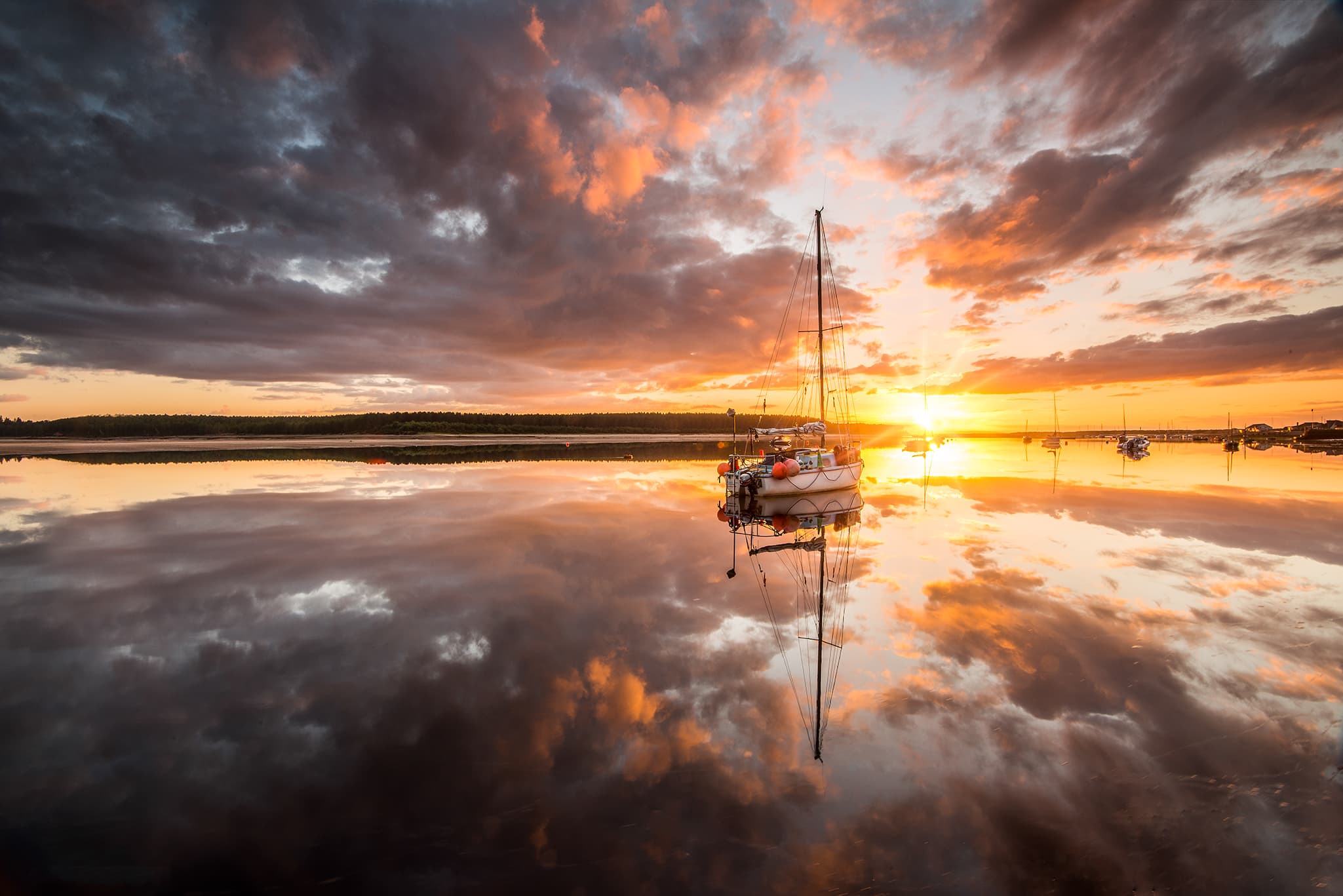
Seeking advice soon paid off, as within a year of taking landscape shots seriously, Michael shared one of his images in a photography forum and was blown away by the response from much more experienced shooters. “So that was it! Every chance I had, I was out with my camera chasing the light and looking for new spots to photograph around my area. I joined a local camera club as a beginner and was, once again, really surprised at how much more experienced photographers were reacting to my work. I think the fact that I was simply doing my own thing, helped me to create my own style, without being too heavily influenced by someone else’s approach.”

The highlands must be one of the most photographed places in the world, so we wondered how Michael tried to take images that stood out from the crowd?
“I used to think fisherman were mad standing by a river all day but, like landscape photography, even if you don’t come home with a cracker, you’ve still been in the great outdoors rather than sat in front of the TV. I keep a little diary for possible locations, and it’s rare for me to visit a location on the off chance I’ll get a photo – I carefully research weather reports, and so on. So I guess what separates my work is timing and planning – being in the right spot at the right time to capture a scene. You also need to follow your own path. Take photos for yourself, photos you like. If you photograph something you love then your passion will shine through in your photos. Everyone is on their own journey and I like to look at other photographers work as an inspiration to help me improve, rather than get downhearted about how I’ll never be as good as them.”
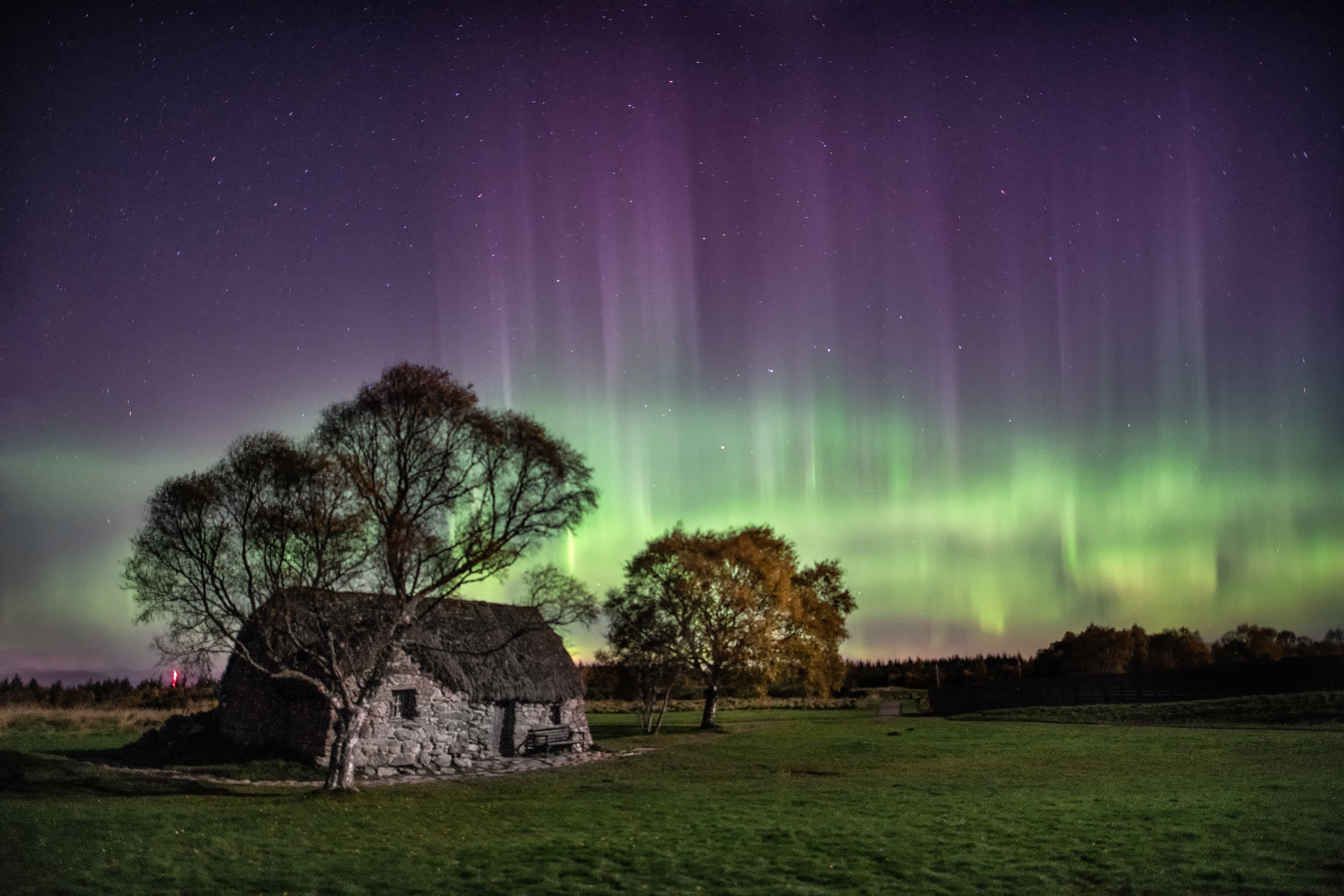
When it comes to Michael’s favourite locations in the highly photogenic Scottish highlands, he is strongly drawn to the coastline from Achmelivich to Drumbeg in the North West. “It’s a beautiful stretch of road twisting through rugged landscape and littered with secluded beaches with white sands. It sits on the North Coast 500 route and gets more visitors these days but is still well worth a visit. That stretch of coast is best in the summer with the sun setting to the north, so you can make the most of those late evenings and golden sunsets.”
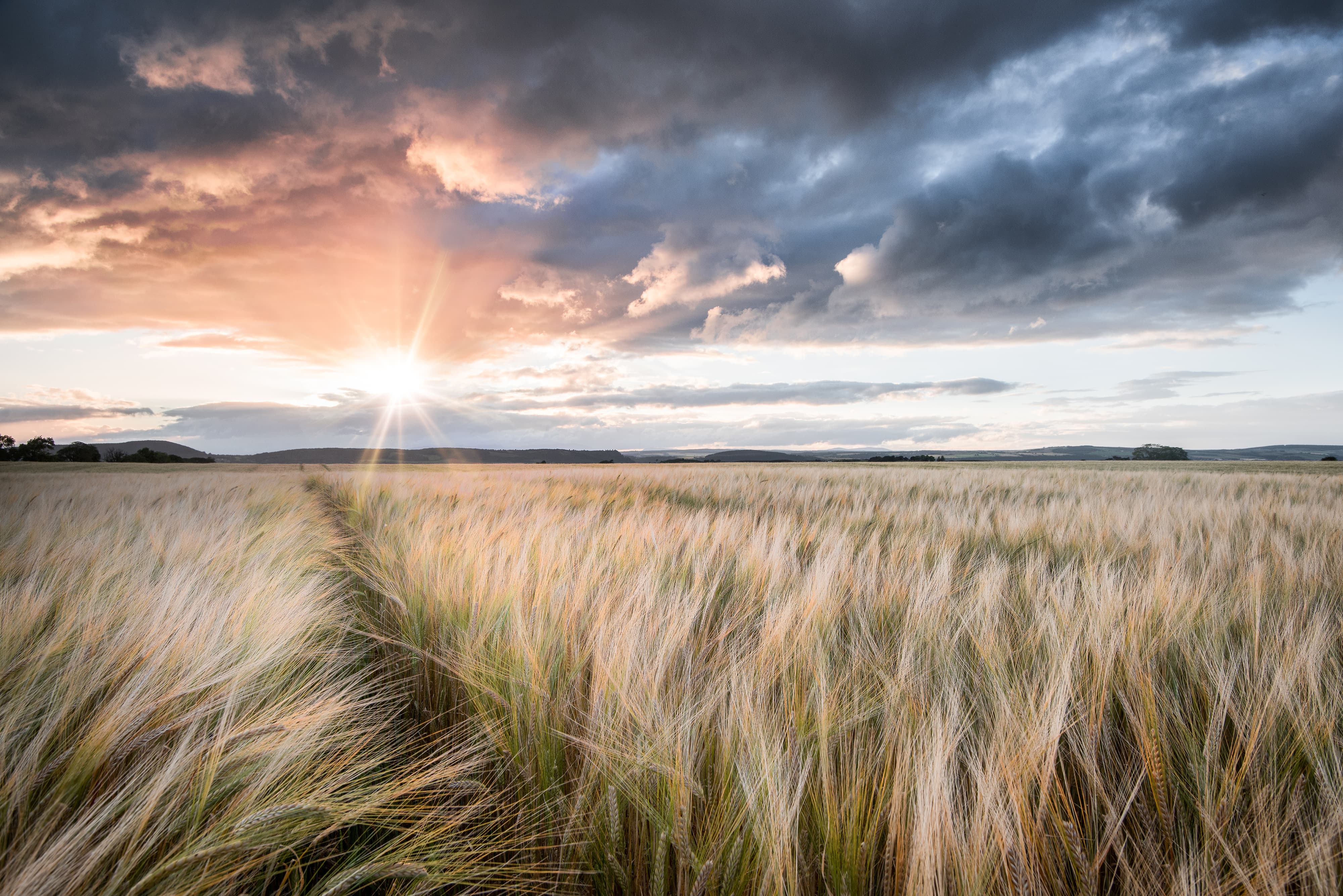
As a seasoned landscape photographer, Michael will only use kit he can trust. “I use a Vanguard Alta Pro 2+ carbon tripod, as it’s light enough to take with me on day treks but also sturdy and strong enough for long exposure work or carrying my Nikon D850 and a 16-30mm f/4 lens, or a Sigma Art 20mm f/1.4 for night shots. I keep everything safe and secure in my Vanguard Alta Sky rucksack. It’s really comfy, loaded with innovative features and pockets, and best of all I can carry everything I’ll need in one bag. I put my kit through a lot living in the Highlands.”
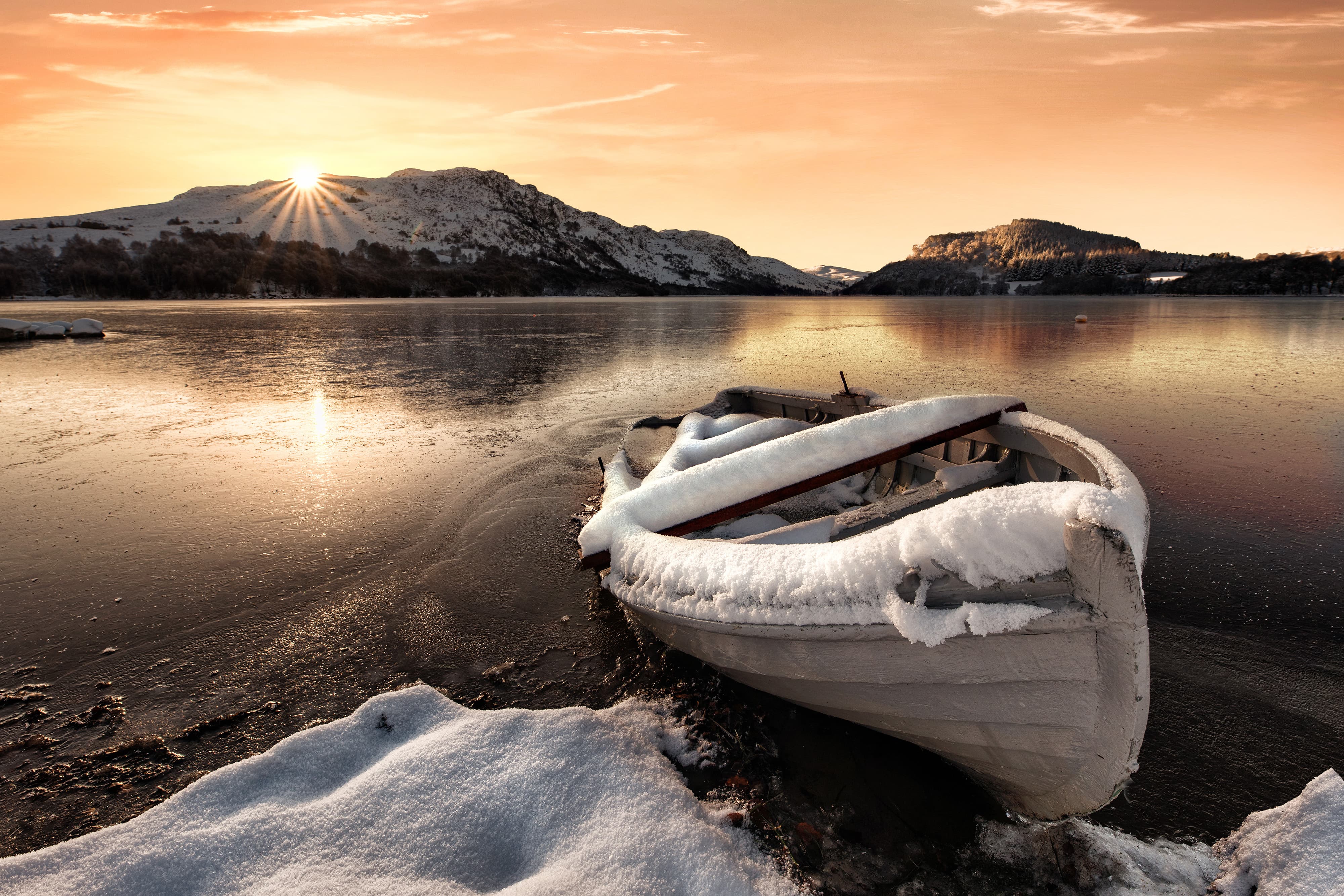
So what are Michael’s best tips for better images of rugged landscapes?
- Think more and shoot less. Take some time to stop and think about what you want to say with your photo. Really think about the composition, exposure and focus. Study the light and use that to tell your story. A composition can be improved not just by what you include in a scene but also what you leave out the frame.
- Don’t stick your camera onto your tripod as soon as you arrive at a place. Move around with your camera in your hand or to your eye to find the best spot. You are less likely to move and dig out that killer composition with your camera fixed to a tripod.
- Study other photographers work who you admire. Try to reverse-engineer how they did it. Use their work as inspiration and take it to the next level, adding your own twist to evolve it into something yours.
- Don’t be restricted to the widest lens in your bag. Too often photographers opt to shoot everything with ultra-wide angle lenses. Long lenses can be great for picking out compositions, so don’t over look them.
- Keep a diary of location and scenes you have visited or looked at on Google Earth and note down the location at the time of year you think would suit it best. Then when you are free open the diary and you have a list of locations that might be most fruitful for that time of year.
- Learn to accept critique and to critique your own work too. I never get too hung up about critique from another photographer, even if it’s bad – photographs are subjective and if one person doesn’t like your photo then it doesn’t mean it isn’t any good. I love to hear other people’s thoughts. I might not always agree with them but I always take a moment to think about any comments made and see if I can apply them to the next photo to improve. I also like to go back through my own photos and self critique them. It’s a good way of seeing what you have learned and sometimes a fresh pair of eyes on an old image can spot something that’s fairly obvious.”
For more of Michael’s work, see his Flickr page.







